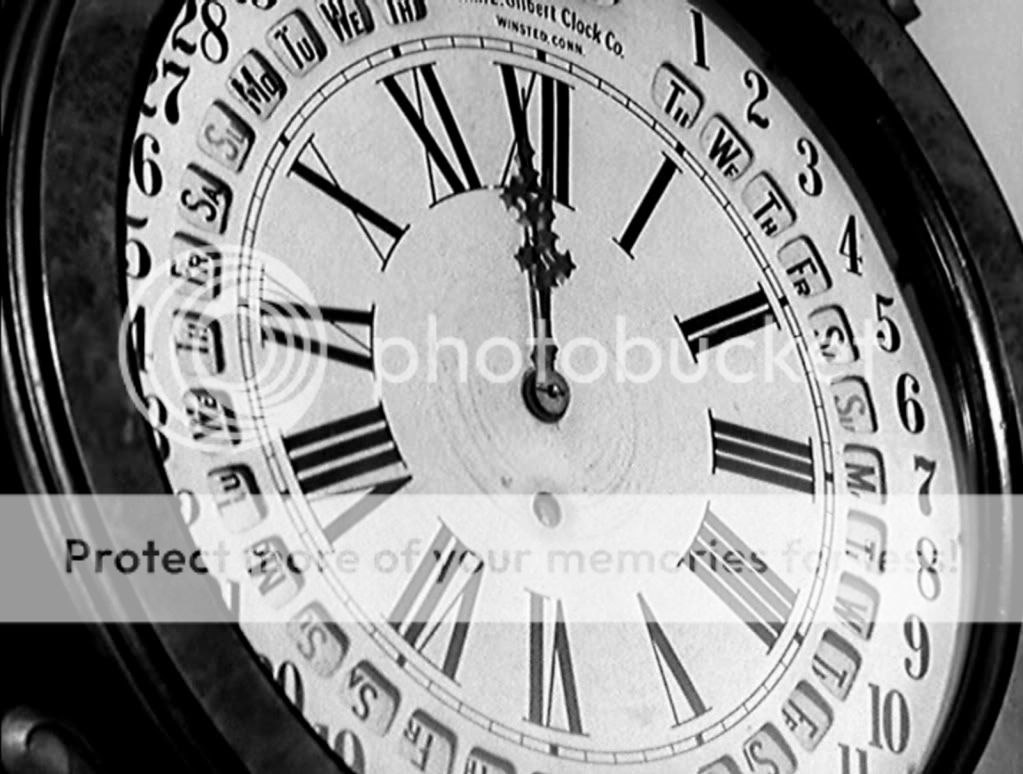آخرين يادداشتهاي پالين كِيل دربارۀ سام پكين پا:
شكوه والاي فيلمسازي
مقالۀ پيش رو
يكي از آخرين نوشتههاي بهجامانده از خانم كيل، منتقد و مدافع بزرگ پكينپا از
زمان بر دشت رفيع بتاز (Ride The High
Country)
و يكي از دوستان نزديك اوست. چون در زمان نگارش اين مقاله (1999) بانوي سرسخت
انتقاد فيلم هشتادساله و مبتلا به پاركينسون بوده، حرفها در قالب گفتوگو طرح شده
و چارلي ساتلو آنها
را پياده كرده است. ديدگاه كيل به پكينپا هم چون هميشه استثنايي است و اگر چه
افسانههاي نسبت داده شده به كارگردان ياغي را در هم ميشكند، اما در عين حال به
شكلي تازه آن ها را تثبيت مي كند. رابطۀ كيل و پكين پا در زمان نمايش سگ هاي
پوشالي (Straw Dogs) براي هميشه به پايان رسيد اما به گفتۀ خود
كيل، از علاقۀ او به شاهكارهاي پكين پا هرگز كاسته نشد. اين
مقاله را براي شمارۀ ويژه پكين پا در ماهنامۀ فيلم (شمارۀ 346) ترجمه كردم. مجموعه
اي بسيار مفصل (طولاني ترين شمارۀ ويژۀ يك كارگردان در تاريخ چهارصد شمارۀ مجله)
كه حاصل يك سال و نيم كار بود، دوره اي كه از رتروسپكتيو فيلم هاي پكين پا در دانشگاه فردوسي مشهد آغاز
شده و به چاپ شمارۀ ويژۀ كوچۀ سام انجاميد.
. .








